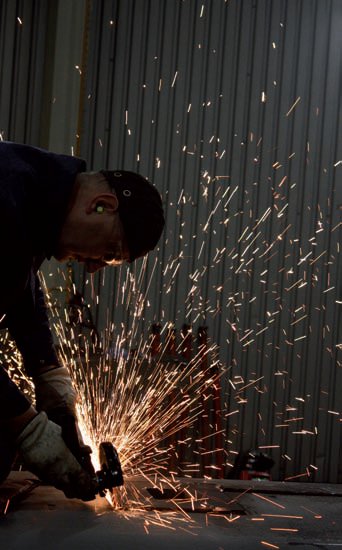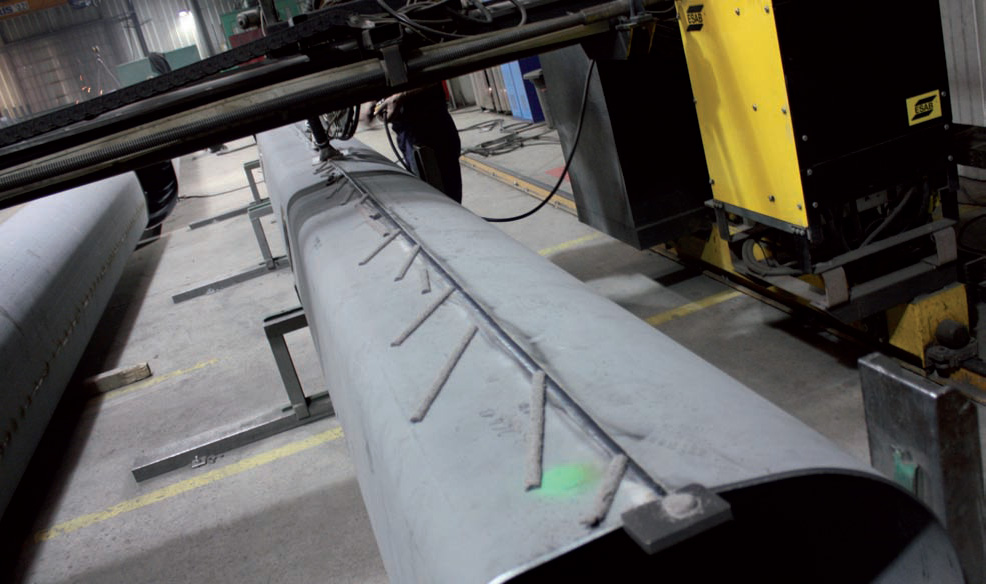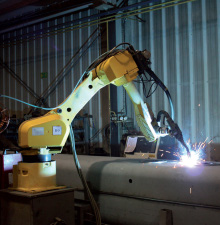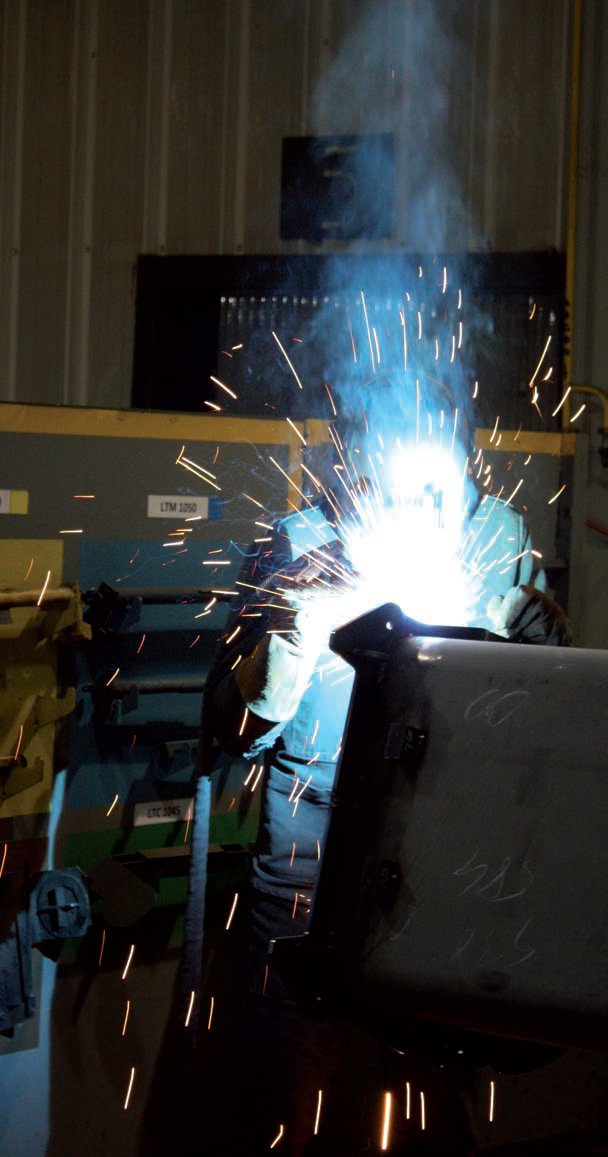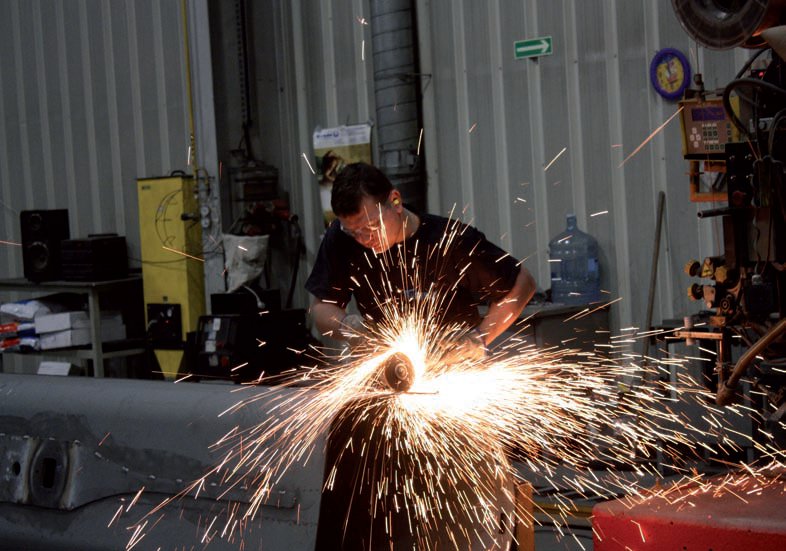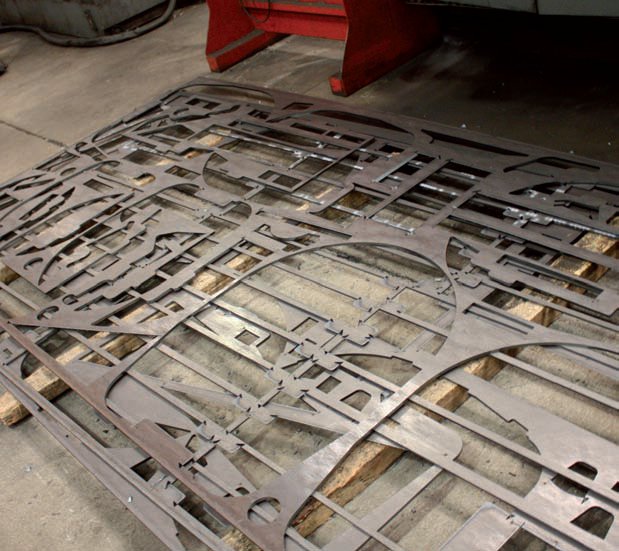Boom time
18 March 2014Zak Garner-Purkis paid a visit to Teleskop’s facilities in Poland, where he saw the company’s current facilities and the firm’s plans for the future.
The quiet windswept town of Szczecin, on the Baltic Sea, may not look like much to the casual visitor, but for steel boom manufacturer Teleskop it is the perfect place for the firm to flourish. From its earliest formations the company has had links stretching across Europe and with the town of Szczecin the latest place to play host to the manufacturer.
Teleskop originated in Germany, before moving to Belgium, although business connections and the firms ownership continued to link it to the country from which it came. In 2002, Teleskop decided to move part of its operations to a manufacturing facility in Poland in the town of Kostrzyn 5km from the German border. At first the building of the crane booms was carried out between the two countries before the whole process was transferred to Poland. Now the company has taken the next step by announcing plans to expand its operations in the Eastern European country.
Christopher Maas, Teleskop's commercial director says: "The company has been active in the boom market for 40 years mainly working with Liebherr. We have been in Poland for 12 years, beginning with a small production planr. We had so many Polish welders working from the company in Belgium, it was almost as if half of the company was driving from Poland. In Belgium things become difficult in terms of recruitment people in Belgium avoided this type of work and there was less take up of apprenticeships."
"We have already made a €50m investment at the Kostrzyn facility and we plan to put €20-25m into the Szczecin plant. As a company we believe we are improving capacity at the right time. The project to build a premises with access to the sea is something we've been working on for a while, as we want to diversify the industies that the business covers and move into the maritime sector. As a private company we can invest faster than those with shareholders who have to wait on approval. This means we can expand far quicker than other companies. We have strategised and developed an engineering centre to attract large contracts with big bits of machinery."

